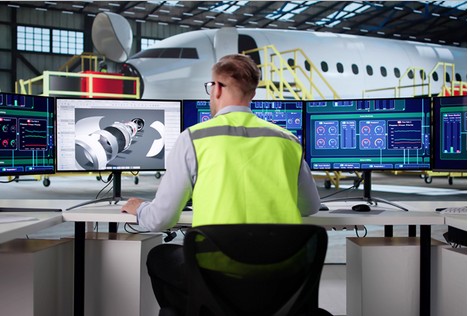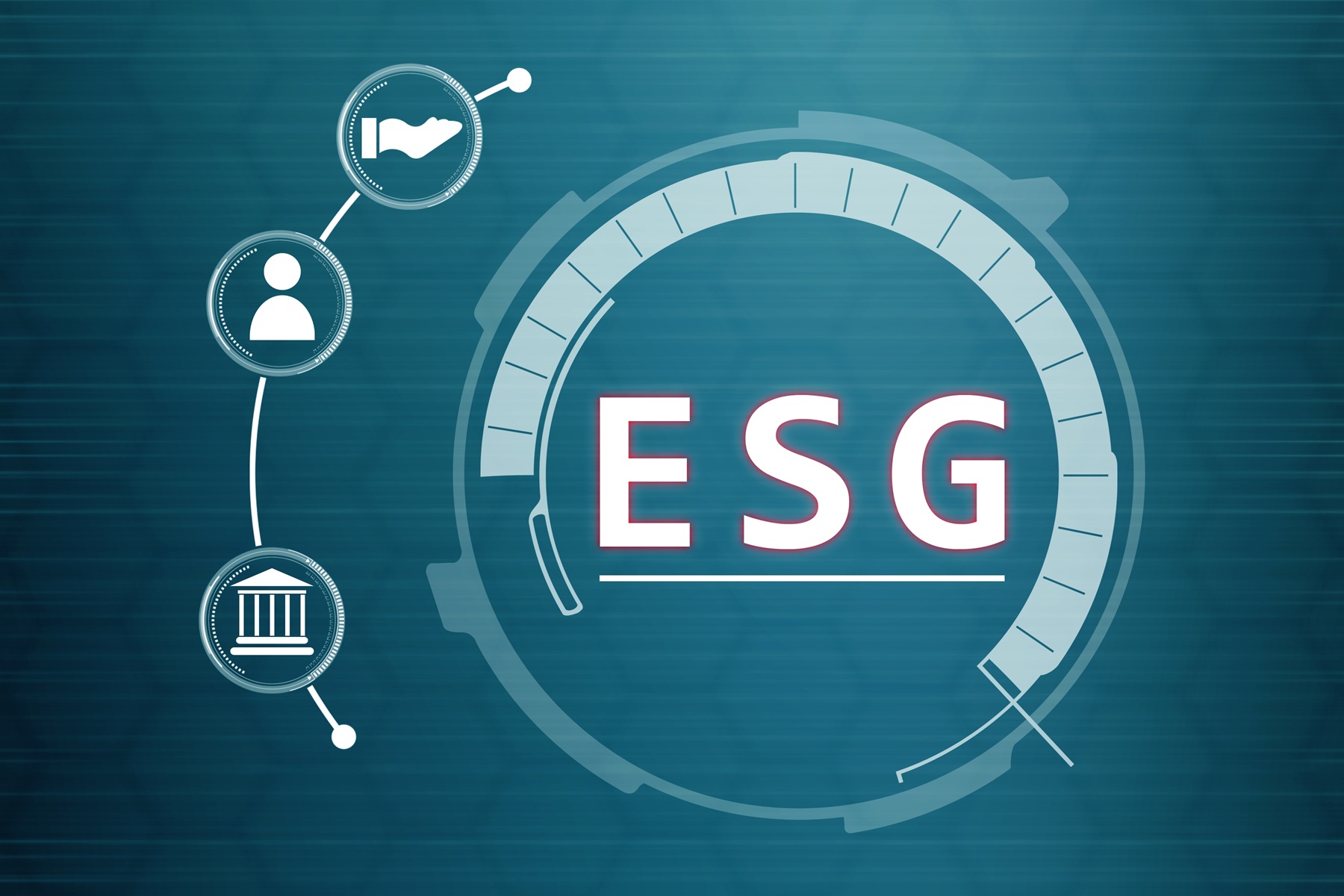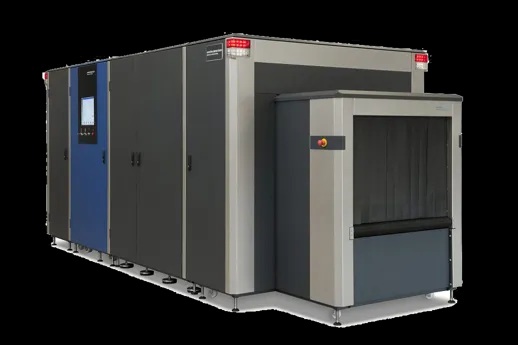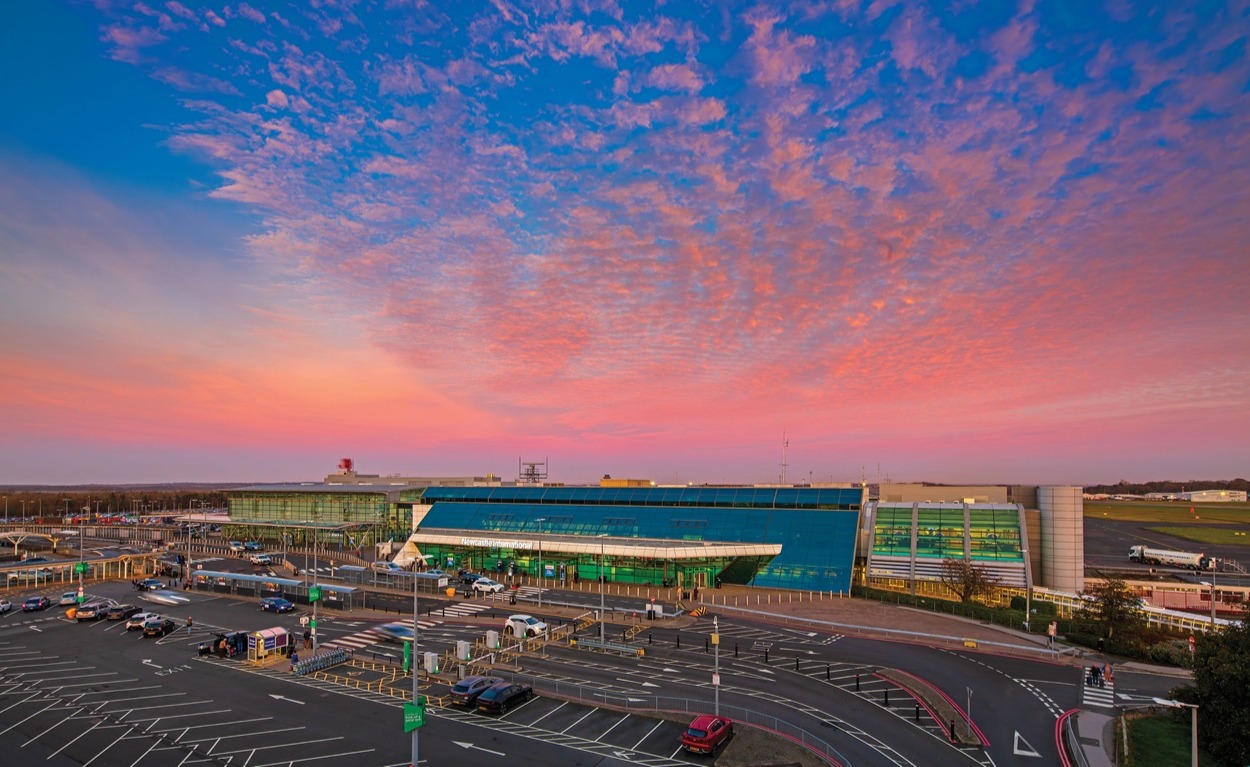European Commission reveals new Aviation Strategy for Europe
These are three core priorities of President Jean-Claude Juncker, on which the Strategy aims to deliver, by ensuring that the European aviation sector remains competitive and reaps the benefits of a fast-changing and developing global economy. A strong and outward-looking aviation sector will not only benefit businesses, but also European citizens by offering more connections to the rest of the world at lower prices.
Vice-President for the Energy-Union Maroš Šefčovič said: "Competitive and efficient aviation is central to Europe's growth. This new Aviation Strategy creates a framework that will enable European aviation to maintain its global leadership. It also confirms the pioneering commitment of Europe to sustainable aviation, a highly topical issue as the world has its eyes on Paris for the COP21."
 EU Commissioner for Transport Violeta Bulc (right) said: "European aviation is facing a number of challenges and today's Strategy sets out a comprehensive and ambitious action-plan to keep the sector ahead of the curve. It will keep European companies competitive, through new investment and business opportunities, allowing them to grow in a sustainable manner. European citizens will also benefit from more choice, cheaper prices and the highest levels of safety and security."
EU Commissioner for Transport Violeta Bulc (right) said: "European aviation is facing a number of challenges and today's Strategy sets out a comprehensive and ambitious action-plan to keep the sector ahead of the curve. It will keep European companies competitive, through new investment and business opportunities, allowing them to grow in a sustainable manner. European citizens will also benefit from more choice, cheaper prices and the highest levels of safety and security."
The Commission's goal is to shape a comprehensive strategy for the whole EU aviation ecosystem. In this context, the priorities are to:
1. Place the EU as a leading player in international aviation, whilst guaranteeing a level playing field. The EU aviation sector must be allowed to tap into the new growth markets. This can be achieved through new external aviation agreements with key countries and regions in the world. This will not only improve market access, but also provide new business opportunities for European companies and ensure fair and transparent market conditions based on a clear regulatory framework. These agreements will also provide more connections and better prices for passengers. Global connectivity is a driver of trade and tourism, and directly contributes to economic growth and job creation.
2. Tackle limits to growth in the air and on the ground. The main challenge for the growth of EU aviation is to address the capacity, efficiency and connectivity constraints. The fragmentation of the European airspace costs at least €5 billion a year and up to 50 million tonnes of CO2. Capacity constraints at EU airports could cost up to 818,000 jobs by 2035. Now is therefore the time for the EU to plan for future air travel demand and avoid congestion. For this reason, the Strategy stresses the importance of completing the Single European Sky project, optimising the use of our busiest airports, and monitoring intra-EU and extra-EU connectivity to identify shortcomings.
3. Maintain high EU standards. In the interest of European citizens and businesses, it is crucial to maintain high EU standards for safety, security, the environment, social issues and passenger rights. The Strategy proposes important measures in this sense, with an update of the EU's safety rules in order to maintain high safety standards alongside growing air traffic. Furthermore an effective and efficient regulatory framework will give the industry more flexibility to thrive and remain competitive globally. The Commission will also seek ways to reduce the burden of security checks and costs, through the use of new technology and a risk-based approach. It will further reinforce the social dialogue and employment conditions in aviation, and pursue a robust global measure to achieve carbon neutral growth from 2020.
4. Make progress on innovation, digital technologies and investments. A catalyst for the development of aviation, and its function as an enabler of growth, will be innovation and digitalisation. Europe must in particular unleash the full potential of drones. That is why the Strategy proposes a legal framework to ensure safety and legal certainty for industry and addresses concerns related to privacy and data protection, security and the environment. In addition, appropriate investments into technology and innovation will secure Europe’s leading role in international aviation. The European Union has planned to invest €430 million[1] each year, until 2020, in the Single European Sky ATM Research (SESAR) project. The timely deployment of SESAR solutions can potentially result in the creation of over 300 000 new jobs. The deployment and optimisation of information and communications technologies are also particularly relevant for airport capacity, performance and quality of service.
 The airport industry welcomed the adoption today by the European Commission of a new strategy for European aviation. Olivier Jankovec (right), Director General of ACI EUROPE said: “The Commission has gotten it right – taking stock of the increasing strategic relevance of air connectivity for our economy. What it has put on the table today is a commendably pragmatic approach – one that recognises aviation growth as a key enabler of the EU’s wider growth and jobs agenda.”
The airport industry welcomed the adoption today by the European Commission of a new strategy for European aviation. Olivier Jankovec (right), Director General of ACI EUROPE said: “The Commission has gotten it right – taking stock of the increasing strategic relevance of air connectivity for our economy. What it has put on the table today is a commendably pragmatic approach – one that recognises aviation growth as a key enabler of the EU’s wider growth and jobs agenda.”
“We need more open skies agreements beyond Europe. This is essential for airports to attract more air services, develop their route network and improve the connectivity of the communities they serve. Ultimately, this is also about avoiding the marginalisation of Europe and supporting its global hub positioning. Closing markets and resisting change has never been a successful business strategy - and it rarely does any good for consumers.”
While Europe’s airports support the on-going efforts of the Commission to tackle congestion and capacity constraints both in the air and on the ground, ACI EUROPE noted that decisive action on these issues rests with Member States.
In this regard, Europe’s airports share the frustrations of their airline partners over the lack of progress in the implementation of the Single European Sky. They are also deeply concerned by the lack of proper long-term national strategies to address the looming airport capacity crunch. While Europe’s airports are still waiting for the adoption by the Council of Transport Ministers of a revised Slot Regulation, this can only be a short-term fix - as it is about managing congestion, not addressing it.
ACI EUROPE has therefore called on the Commission to develop a more ambitious EU strategy on airport capacity - including the adoption of airport capacity targets for Europe aligned with the Single European Sky. It also notes that the Commission has resisted calls by some airlines for even tighter regulation of airport charges. The Commission will rather focus on the implementation of the current EU Directive on airport charges and will assess at a later stage whether a review is needed.
ACI EUROPE said it stands ready to assist the Commission in this task. Changing market conditions, in particular increasing airport competition, may require a lighter and more tailored regulatory approach.
Jankovec said: “The EU Directive on airport charges is essentially based on the unquestioned premise that airports are monopolies. That is no longer the case. The Commission has already acknowledged that airports compete in the State aid guidelines it adopted last year¹ - which actually restrict the public financing of airports because of effective and growing competition among them. It will have to acknowledge the same for airport charges. This is about coherent policy alignment.”
Finally, ACI EUROPE also stressed the need for keeping regulatory driven costs in check – especially as regards safety and security, as an essential part of improving European aviation’s competitive position. Accordingly, Europe’s airports support the move of EASA towards a performance-based approach to aviation safety, as well as increased efficiency through better integration between the agency and Member States. But ACI EUROPE reaffirms its opposition for now, to EASA’s extension of competences in the fields of security and the environment.
Jankovec added: “On security, the Commission needs to push for real progress towards a truly risk-based system across the board. We need to move from systematic and undifferentiated security checks at airports towards more targeted security checks that focus our resources where the risk is. This means not relying only on technology – which will take time to develop – but increasingly on effective sharing of intelligence and data. This is the only way to deliver both security and cost efficiencies. We urge the Commission to look at how we could introduce in Europe a pre-check system similar to the one successfully deployed by the US TSA at more than 150 airports.”












